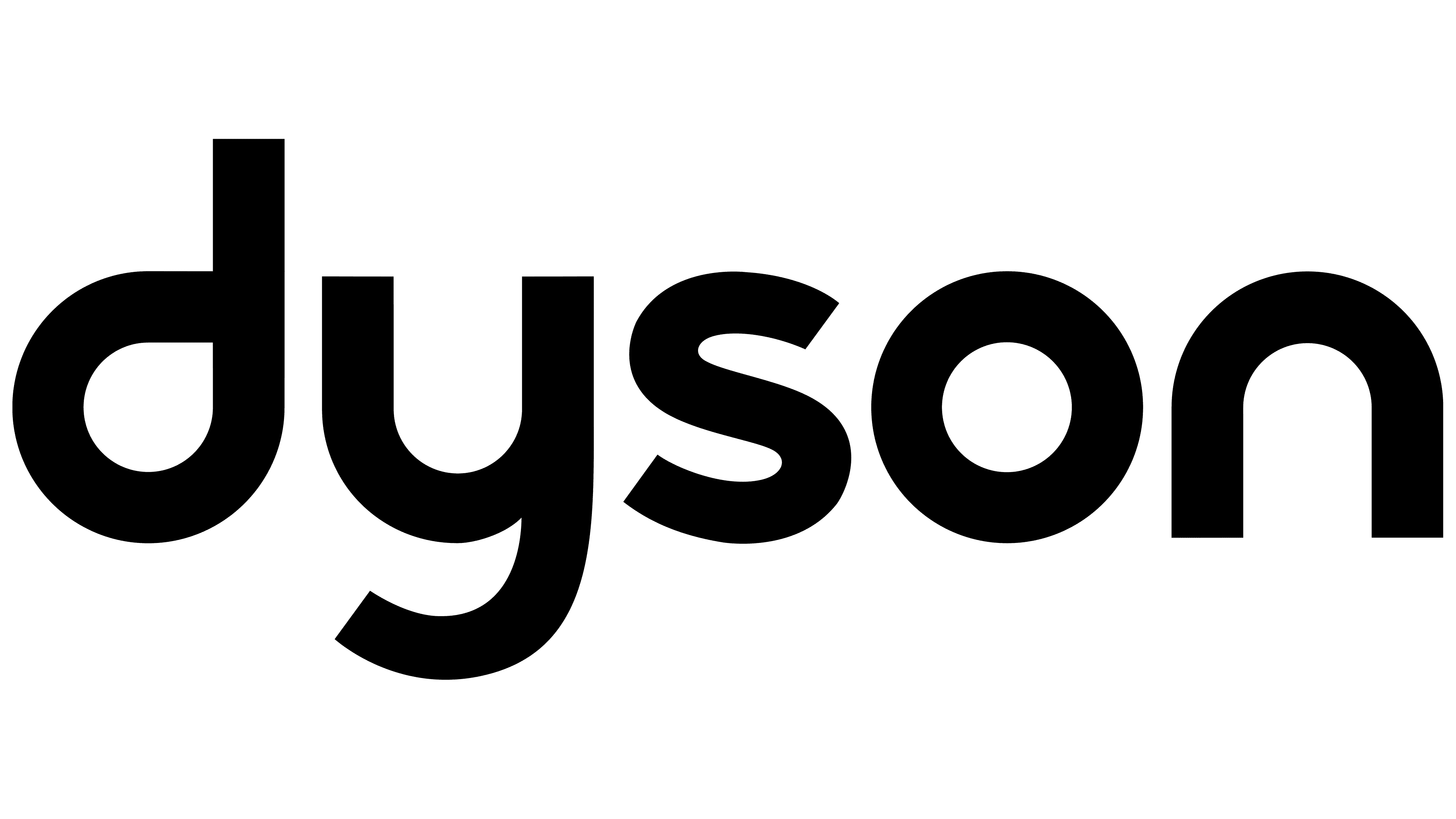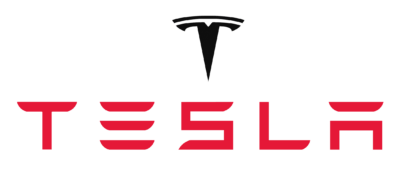this that this that
Brand Archetypes
The Magician
They make your dreams come true, and while you’re not quite sure how they did it, you surrender to their mastery of the topic at hand.
What is the Magician Brand Archetype?
The Magician is the archetype that makes the impossible feel inevitable. This is the brand that transforms reality. It rewrites the rules of physics.
Powered by Transformation, Defined by Vision
Magician brands are driven by an unshakeable belief that the world can be fundamentally different, better, and more extraordinary than it currently is. They see limitations as illusions waiting to be shattered. And they're not transforming things for profit alone, they're doing it because mediocrity is unacceptable. Because potential demands manifestation. Because magic demands it. The mundane needs to become extraordinary.
What are some examples of Magician brands?
- Tesla
- Polaroid
- Dyson
- TED
The Psychology of The Magician Brand Archetype
Map this to the Enneagram and you get Type 4: The Individualist. The deep belief that something transcendent is possible, and the drive to manifest visions that exist only in the imagination until someone has the audacity to make them real.
Magicians are fueled by a profound sense that reality is malleable. They believe that the gap between "what is" and "what could be" exists only because most people lack vision and courage. They ask: "What if everything we accept as limitation is just a failure of imagination?" So they envision. They create. They never stop transforming.
This is why Tesla doesn't just make electric cars, they're accelerating humanity's transition to sustainable energy and making it desirable, powerful, and inevitable. Elon Musk sold a transformed future where gasoline engines are relics and Mars is a backup plan. Similarly, Polaroid transformed photography from a delayed, technical process into instant magic. The moment you pressed the button, transformation happened. Chemistry became memory. Time collapsed into now.
The Magician Brand's Promise
Every Magician brand makes the same core promise: "With us, transformation is possible," which is selling metamorphosis. That is, the tools, vision, and catalyst you need to turn what exists into what could be.
Take TED. They didn't become influential just by hosting conferences. Anyone can do that. They became transformative by curating "ideas worth spreading." This meant taking complex, world-changing concepts and making them accessible, shareable, and actionable. TED Talks transform how you see problems and possibilities. They understand their audience isn't seeking information; they're seeking the spark that changes everything.
Or consider Dyson, an appliance company that transformed itself into a Magician brand by refusing to accept that vacuum cleaners, fans, and hair dryers had to work the way they always had. "Technology that works differently" isn't about features, it's a declaration that engineering can transform mundane household tasks into experiences of elegant innovation. James Dyson saw magic in the mechanics, transformation in the technical.
The Magician Brand's Core Values
Vision Beyond the Visible: Magicians see what doesn't yet exist and make it real. Tesla's entire brand is built on seeing transportation not as cars, but as a system that must be transformed from fossil fuels to electricity. They didn't improve gas engines; they rendered them obsolete. Vision drives everything.
Transformation as Purpose: Magicians exist to change things fundamentally, not incrementally. Polaroid transformed photography from a delayed gratification process requiring darkrooms and chemicals into instant magic anyone could create. They didn't just make better film, they eliminated the waiting. That's transformation.
Knowledge as Power: Magicians understand the hidden mechanisms that make transformation possible. Dyson embodies this with their transparent approach to technology—showing the cyclone, revealing the engineering, explaining the science. They demystify magic by showing how it works, proving that transformation comes from understanding, not mysticism.
Creating Wonder: Magicians make people believe in possibility. TED's tagline "Ideas Worth Spreading" positions them as curators of transformation—selecting speakers who don't just inform but inspire, who make audiences believe that change is possible and that they can be part of it. The magic is in making the impossible feel achievable.
Catalyst for Change: Magicians don't just change themselves; they enable others to transform. Tesla doesn't just make electric cars; they forced the entire automotive industry to transform. They made EVs desirable, proved the technology viable, open-sourced their patents, and catalyzed a global shift. The magic is in being the spark that transforms everything else.
What are the Magician Brand's Sub-Archetypes?
While all Magicians share core values, they express them differently. Understanding these nuances helps brands fine-tune their positioning and messaging.
The Visionary
Future-focused and paradigm-shifting, the Visionary sees what's coming before anyone else and makes it real. Tesla operates as the Visionary, consistently pushing beyond what's "practical" to show what's possible: electric supercars, autonomous driving, solar roofs, battery storage at scale. They don't respond to market research; they create markets. The Visionary's potential pitfall can be being so far ahead that execution can't match vision, or making promises that reality can't (yet) keep.
The Alchemist
Technical and transformative, the Alchemist takes base materials and turns them into gold through knowledge and skill. Dyson lives in Alchemist territory—taking mundane appliances and transforming them through superior engineering and design. A vacuum becomes a work of art. A hair dryer becomes a precisely engineered tool. They turn utility into beauty, function into experience. The risk? Becoming so focused on technical transformation that you lose emotional connection, making magic feel clinical rather than wonderful.
The Innovator
Creative and breakthrough-driven, the Innovator transforms through invention that changes how things work. Polaroid embodied the Innovator perfectly—their instant film wasn't an improvement on existing photography; it was a completely different approach that transformed what photography could be. Edwin Land saw chemistry as a path to magic. The trap can be innovation for its own sake, creating change without ensuring it's actually better.
The Catalyst
Change-agent and inspirational, the Catalyst doesn't transform directly—they trigger transformation in everything around them. TED operates as the Catalyst, creating a platform where ideas spread and inspire action beyond the talk itself. One 18-minute presentation can catalyze movements, change careers, spark innovations. Tesla also operates here, forcing legacy automakers to accelerate electric development. The danger lies in causing so much disruption that chaos overwhelms transformation, or taking credit for changes you catalyzed but didn't control.
Building an Authentic Magician Brand
Your Transformation Must Be Real: Don't manufacture magic. Dyson's products genuinely perform differently and better than conventional appliances. The bagless vacuum actually worked better. The blade-less fan actually moved air more efficiently. Your transformation needs to deliver actual change, not just the appearance of it.
Show the Magic, Reveal the Mechanism: Balance wonder with understanding. Dyson creates products that feel magical in performance but also educates users about the engineering that makes it work. TED makes complex ideas accessible without dumbing them down. The best Magician brands make you believe in magic while also empowering you to understand how it happens.
Make the Future Feel Inevitable: Magicians make it feel like it's already happening. Tesla makes gas cars feel like relics. Polaroid made waiting for developed film feel absurd.
Never Let the Mundane Show: If you're selling transformation, every detail must serve that promise. Tesla showrooms feel like galleries, not dealerships. TED stages are carefully designed theaters of ideas. The moment ordinary reality intrudes, the magic breaks. Every touchpoint must reinforce that you operate on a different plane.
Lead with Vision, Deliver with Execution: Magicians must balance aspiration with accomplishment. Tesla's vision of sustainable transportation is compelling, but it's their actual vehicles—the performance, the technology, the Supercharger network—that make the magic real. Polaroid's vision of instant photography meant nothing until the chemistry actually worked. Vision without execution is just fantasy.
Empower Others to Transform: Meet people in their desire for change and give them the tools to make it happen. TED makes talks freely available online so anyone can access transformation. Dyson sells products that let anyone experience the magic of better engineering. The best magic is the kind others can wield.
The Magician archetype endures because it speaks to something fundamental: the human need to believe that transformation is possible, that reality is not fixed, and that with the right tools, knowledge, or vision, we can make the extraordinary happen. In a culture that increasingly accepts limitation and "good enough," Magician brands celebrate possibility, transformation, and the power of vision made real.
They remind us that magic is real when you know how to create it. That transformation requires both vision and execution. That the mundane becomes extraordinary when someone cares enough to make it so. And that the most powerful brands don't just sell products—they sell the tools of transformation.
The Magician Connection Strategy
Many brands in the industries of entertainment, health and beauty, or well-being find themselves in this archetype. They’ll develop a vision and connect to consumers using that vision as a road map to offer inspirational, awe-inspiring dreams.
The Magician Brand Voice
Mystical
Reassuring
Informed
The Magician Brand Colors

Magician Brand Examples


![]()


